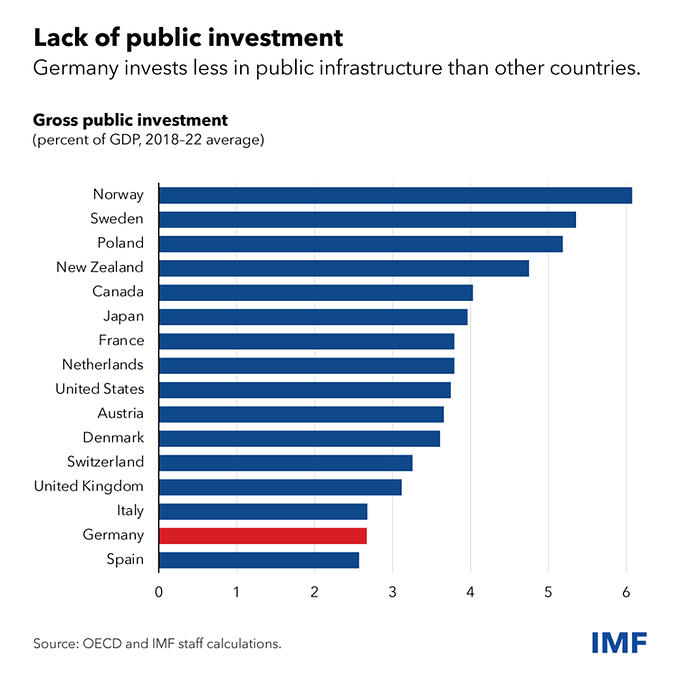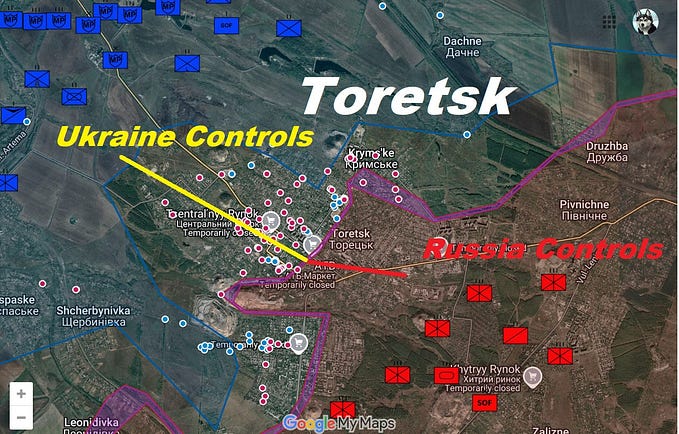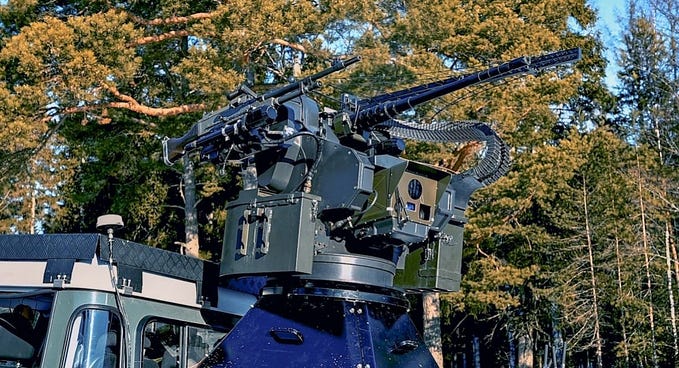Russians lost 400 troops in a single battle, setting the stage for Ukraine’s advance in Kursk.
The Kremlin asked for trouble, and Ukraine said, “Okay.”

It didn’t make much sense to me. Launching an expansive counter-attack in Kursk seemed premature. The Biden administration was still delivering billions of dollars in equipment, with transport flights landing in Poland at an unprecedented pace over the last few weeks. The administration stated these deliveries would continue until power transitioned to the Trump administration.
As of December 19th, the Biden administration still had $10 billion in Ukraine Security Assistance Initiative funding uncontracted with American manufacturers. Spooking an administration still sitting on a significant pile of cash seemed unwise. I didn’t want Ukraine expanding into Kursk at this stage. The final week of the Biden administration — perhaps two days before the transition — would have been a better timeline.
That said, I held back from jumping to conclusions when Ukraine counterattacked with a reasonable amount of force. I decided to wait for the fog of information to lift and to assess the ground situation.
Here is my take: Ukraine’s counter-offensive in Kursk oblast is limited, with small, focused, and deliberate objectives. It was an opportunistic move, prompted by the Kremlin’s missteps. What this demonstrates is that the Russian army relies mostly on brute force, with only occasional bursts of strategic thinking.
Sudza is critical to Ukraine’s hold on Kursk. It is a key logistical hub for Russia, connecting the region and hosting a vital gas metering station. This station plays a crucial role in transporting Russian natural gas into Ukraine’s pipeline system, facilitating its flow to Europe. Strategically, it’s a town of immense importance.

Both the Russians and Ukrainians understood Sudzha’s importance. From an operational standpoint, the Russians were determined to recapture this town at all costs, while Ukraine was equally committed to preventing that outcome. The Russians deployed several key brigades to weaken Ukrainian positions en route to Sudzha. Among them, the 810th Naval Infantry Brigade and its counterpart, the 155th Naval Infantry Brigade, have relentlessly attacked Ukrainian lines in this sector for nearly two months, if not longer.
Ukraine holds a particular disdain for these units, and both brigades have been at the forefront of Russia’s push toward the most critical town for Ukraine in Kursk Oblast. Once Ukraine identifies the command center of the 810th Naval Infantry Brigade in the region, they waste no time targeting it with HIMARS missiles.
Ukraine’s willingness to use jets to drop glide bombs on the 810th’s headquarters underscores the importance of keeping this brigade under constant pressure. It’s a clear indicator of how critical it is for Ukraine to neutralize this unit and maintain control over Sudzha.

The situation for this brigade became so dire that the Russians were scrambling to rotate them out for rest and move them to the rear. Amid all this, some genius within the Kremlin decided it would be a smart move to push the Ukrainian lines south of Sudzha on January 3rd/4th.

The idea itself wasn’t necessarily bad. Capture Makhnovka village, reach the riverbanks, and suddenly the Ukrainian lines south of Sudzha become incredibly weak. Grind away, and eventually, you might be able to enter Sudzha.
But the problem lies in understanding your own combat power and that of the enemy. The Russians were losing over 1,500 troops per day. Their 810th and 155th brigades had been so severely depleted they were in desperate need of rotation. Even the North Korean troops sent to Kursk had taken a beating, and things were not going well for the Russians in the region.
Despite this, the Russians launched a massive assault on Makhnovka village on January 3rd/4th. Open-source analysts reported that the assault went so disastrously for the Russians that they lost 400 troops in a single day. The scale of the failure and the Ukrainian success was so significant that President Zelensky commented on it on January 4th.

Let’s put it all together. Repeated attacks had pushed the 810th and 155th brigades to the brink of collapse. Despite significant losses across the theatre, the Russians sustained nearly 400 casualties in a single attack in Kursk. Two days later, Ukraine ordered its troops to advance northwest of Sudzha, toward Bol’shoe Soldatskoe.
The already weak Russian lines simply crumbled. As Russian losses continued to mount, Ukraine opened up two more fronts within Kursk. Reports suggest that the advance has reached up to 8 kilometers deep in some areas.
Now, the Russian army is desperate to halt the Ukrainian advance before it spirals into something much worse. They launched a fierce counterattack, deploying tanks, infantry fighting vehicles, and even armored personnel carriers.
ISW reported on this Russian counterattack:
Geolocated footage published by a Ukrainian brigade operating in Kursk Oblast on January 9 indicates that Russian forces seized Leonidovo and Aleksandriya and advanced northwest of Nikolskyi and west of Vikotorovka (all northwest of Sudzha) during a reinforced battalion-sized mechanized assault.
The Ukrainian brigade that repelled the attack reported that Russian forces conducted the assault in six waves and that Russian forces used 50 tanks, infantry fighting vehicles (IFVs), armored personnel carriers (APCs), and civilian vehicles in the attack.
Ukraine did cede some occupied territory yesterday, but it also gained Russian territory in the process.
ISW: Ukrainian forces recently advanced northwest of Sudzha. Geolocated footage published on January 9 indicates that Ukrainian forces recently advanced in western Nikolayevka (further northwest of Sudzha). Russian milbloggers claimed that Ukrainian forces are counterattacking near Pogrebki, Novaya Sorochina (northwest of Sudzha), Staraya Sorochina, and Nikolayevka
- Ukraine’s primary objective in Kursk oblast is to bog down the Russian forces in the region.
- They aim to draw most of Russia’s combat power to Kursk, preventing it from being deployed elsewhere on the battlefield.
- Ukraine advanced into Kursk oblast during the first week of January after Russian lines began to falter due to the severe losses they incurred in December.
This isn’t a massive Ukrainian counter-offensive; it’s a limited push designed to exploit Russia’s weakness. Now, as Russian forces are forced to redirect their firepower, they’re launching mechanized assaults despite a severe shortage of tanks and vehicles.
Ukraine will likely be saying, “Thank you, Putin.”
If the Russian lines continue to break, Ukraine will advance. If they hold, Ukraine will maintain its position.









